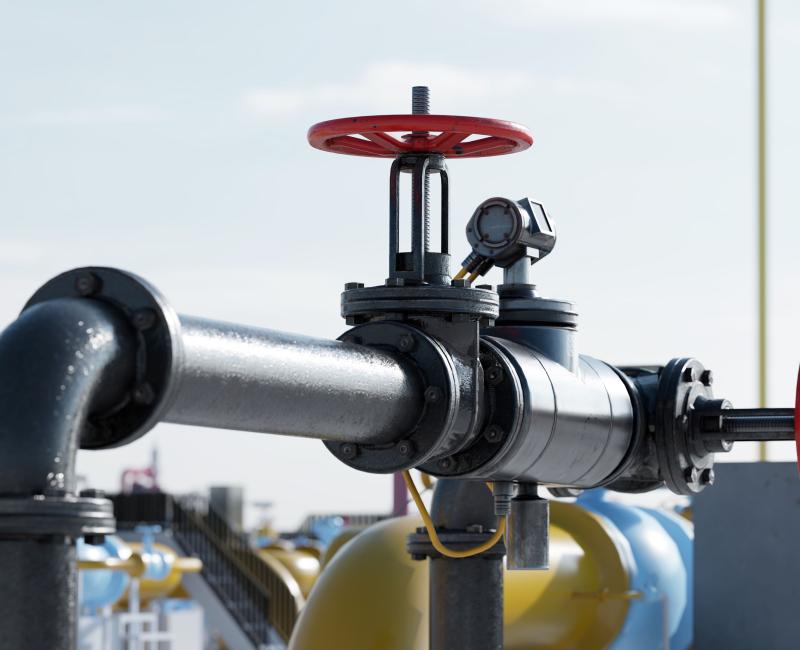ACER’s monitoring shows the EU gas balancing systems managed to adjust to new supply and demand conditions

ACER’s monitoring shows the EU gas balancing systems managed to adjust to new supply and demand conditions
What is it about?
The Gas Balancing Network Code (BAL NC) establishes market-based rules to ensure that gas supply and demand are balanced efficiently within the EU. Its aim is to promote short-term gas wholesale markets by financially incentivising network users to balance their positions using daily or within-day products, thus enhancing market flexibility and efficiency.
ACER annually monitors the effects of the BAL NC implementation and provides key indicators to help better understand balancing actions across Member States.
Today, ACER publishes the highlights of key indicators (also in a dashboard) on the EU gas balancing system for the gas year 2022-2023.
What are the key findings of ACER’s latest analysis?
ACER collected relevant information from Transmission System Operators (TSOs) and National Regulatory Authorities (NRAs) to calculate and assess indicators that track balancing market developments in each Member State. These indicators measure:
- TSOs’ balancing activities, including gas volumes, frequency, and average price spreads of their buying and selling actions.
- Network users’ balancing activities, focusing on imbalance quantities, average imbalance prices, and price spreads to help understand whether network users have sufficient incentives to balance their positions under different national balancing regimes.
- Neutrality indicators, describing the net payments charged or credited to network users per unit of market volume.
ACER analysed key indicators from the EU balancing systems in the gas year 2022-2023, comparing with previous years and among Member States. ACER notes that national policy decisions significantly influence the design of the national balancing regimes, which is reflected in these results.
Key findings include:
- Balancing prices (both for TSOs' and network users' activity) have decreased substantially compared to the previous gas year (2021-2022), aligning with broader wholesale gas market trends.
- These lower prices led to reduced net neutrality positions (net payments charged or credited to network users), marking a positive market development.
- TSO balancing actions, as a share of total market volumes, remained stable compared to the pre-crisis period. However, most systems saw an increase in TSO sell actions year-on-year, suggesting the need for further investigations at the national level to assess potential security of supply implications.
What are the next steps?
ACER recommends NRAs to regularly assess the performance of their balancing regimes and consider adjusting the design based on changing market conditions.


